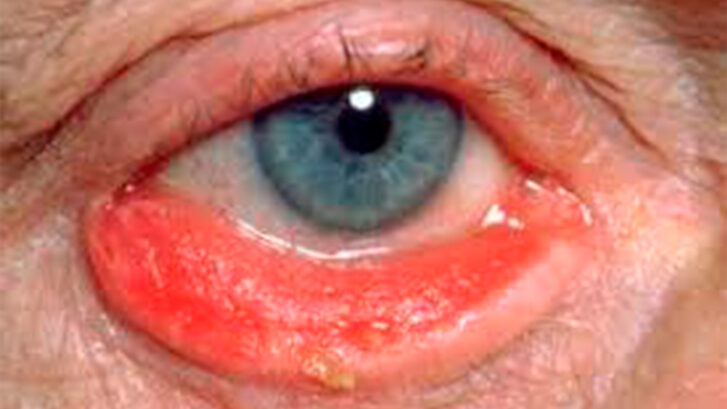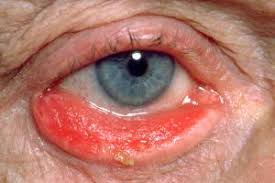What is Oculoplastic and What is Oculoplastic surgery?
In recent times with the advances of science and medicine, different specialties and subspecialties have emerged to meet the specific needs of our population. Medicine is becoming increasingly specialized. Therefore, it is likely that you must have recently heard people speak of “oculoplastic” or “oculoplastic surgery.” You are most likely wondering, “What is a oculoplastic or what is oculoplastic surgery?”
Well, today in our blog we will dedicate some time to elucidate what each thing is. To begin with, the correct term would be an oculoplastic surgeon, and this term describes the eye doctor who specializes in diseases and surgeries of eyelid, lacrimal system (tear duct) and orbit (eye socket). In other words, to become an oculoplastic surgeon, the person must graduate first from medical school. Once licensed to practice medicine and surgery, the doctor receives specialized training in medical and surgical treatment of diseases of the eye (ophthalmology). In general, the specialization in ophthalmology lasts 3-4 years depending on the training program of each country. Upon completion of microsurgery and treatment of eye diseases, the new ophthalmologist will undergo additional training for 1-2 years in the treatment and surgeries of the eyelid, tear duct and orbit.
Now that we understand what an oculoplastic surgeon is, it is easier to try to understand what is oculoplastic surgery. Basically, oculoplastic surgery is a specialty within ophthalmology that focuses on the treatment of diseases and both cosmetic and reconstructive surgery of the eyelids, the lacrimal duct and orbit. Examples of the ailments in oculoplastic, lacrimal and orbital surgery are: palpebral ptosis (droopy eyelid), malposition of the eyelids (ectropion / entropion), obstruction of the tear duct system, basal cell carcinoma of the eyelid, facial paralysis, blepharospasm, benign and malignant tumors of the orbit (eye socket), trauma to the eyelid, tear duct and orbit, fracture of the orbit, thyroid eye disease, among others. Oculoplastic surgery also encompasses medical and surgical treatments with a cosmetic / aesthetic approach such as upper eyelid blepharoplasty (eyelid lift) and lower eyelid bag removal, eyebrow lift, mid-face lift. , application of Botox and fillers in areas around the eyes among many other therapeutic options.
In summary, an oculoplastic surgeon is a super specialist who could be considered as the plastic surgeon of the eyes and the surrounding tissues. Now that we explained what an oculoplastic surgeon and what oculoplastic surgery is, Dr. Chun Cheng Lin Yang is an experienced eyelid, lacrimal and orbit specialist (oculoplastic surgeon) in Costa Rica at your service. Dr. Lin Yang has been serving his patients for more than 14 years in private practice of oculoplastic surgery. He made possible the accreditation of oculoplastic, lacrimal and orbital surgery by the Costa Rican college of physicians and surgeons. To schedule your appointment with Dr. Lin Yang you can contact us via WhatsApp or by calling +506 6084-3238 / +506 2289-8137 / +506 2208-8322, or write to us at info@doctorparpados.com




